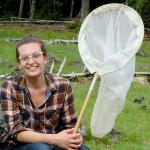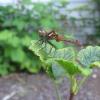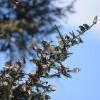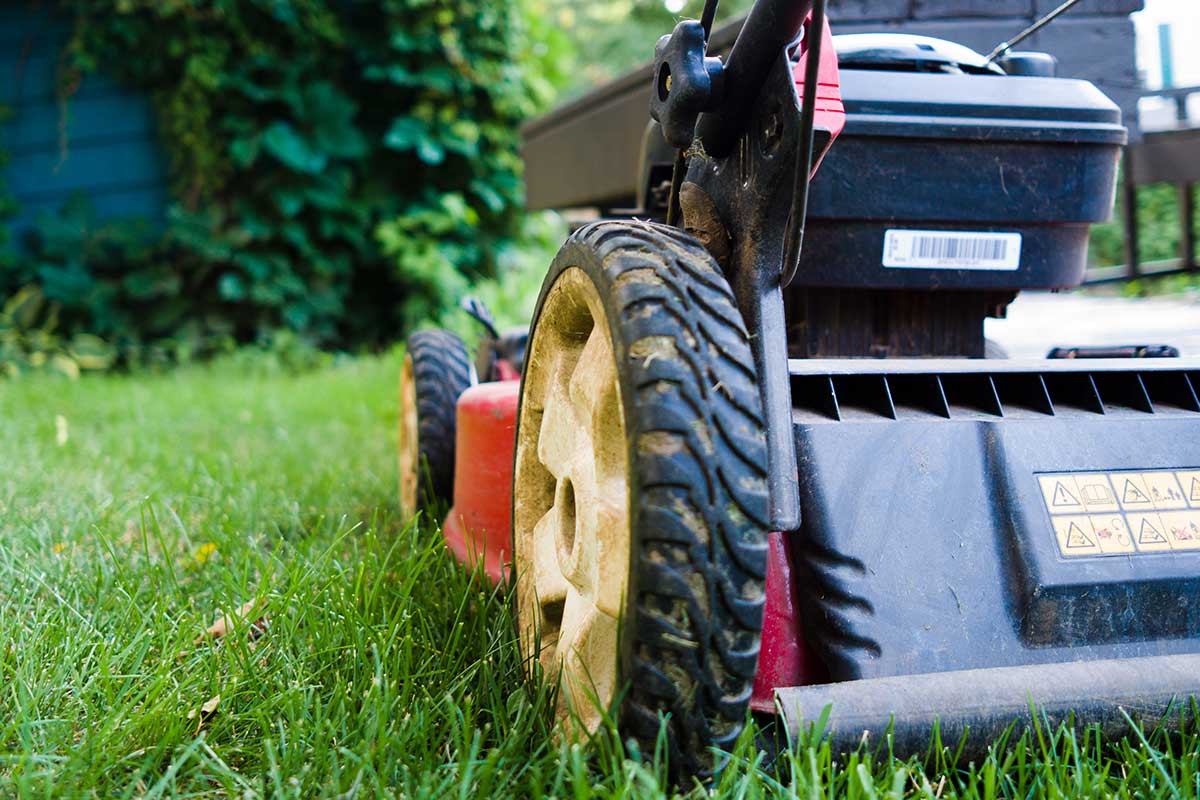
No Mow May seems like a simple thing: You leave your lawn mower in the shed for a month, flowers bloom, and happy bees forage.
Of course, it’s not quite so straightforward. The benefits from not mowing for a few weeks are limited. There is research that shows multiple species of bees do forage on dandelions and white clover, but let’s be honest, if all you’re doing is letting dandelions and other weeds bloom, that’s not good quality habitat—and any benefits will be canceled if you power up your mower and restart as if nothing has changed once June arrives. We can’t pat ourselves on the back and say, “Yay, we saved the bees.”
There are 40 million acres of turfgrass in the United States, and two thirds of that is home lawns. When thinking of habitat loss, we might picture bulldozers and chainsaws, but add mowers and string trimmers to that list because featureless grass has little or no wildlife benefit. No Mow May on its own is not enough. It should be a starting point for how we can make those acres better for bees.

How to grow a flower-filled lawn
In an ideal world, lawns would be replaced with meadows and pocket prairies, sunny wildflower-rich habitats that support an abundance and diversity of native bees, butterflies, and other wildlife. But most homeowners don't want that. People still want a place where they can throw a ball, their dog can run around, they can sit with friends on a summer evening. None of that requires a grass-only, unblemished lawn. All of those things can be done with a flower-filled lawn; you may just have to raise the cutting height and mow less frequently. Lawn flowers will do fine with regular mowing as long as it isn’t too short and isn’t too frequent. Less mowing can be a yearlong change.
You may be constrained by homeowner association rules or city weed ordinances. We should be considerate of our neighbors, and for sure, problem weeds must be controlled and lots should not look as if they are abandoned. Wildlife gardening is still gardening—we are maintaining the vegetation to meet our own needs—but no one should be outlawed because they want to help bees.
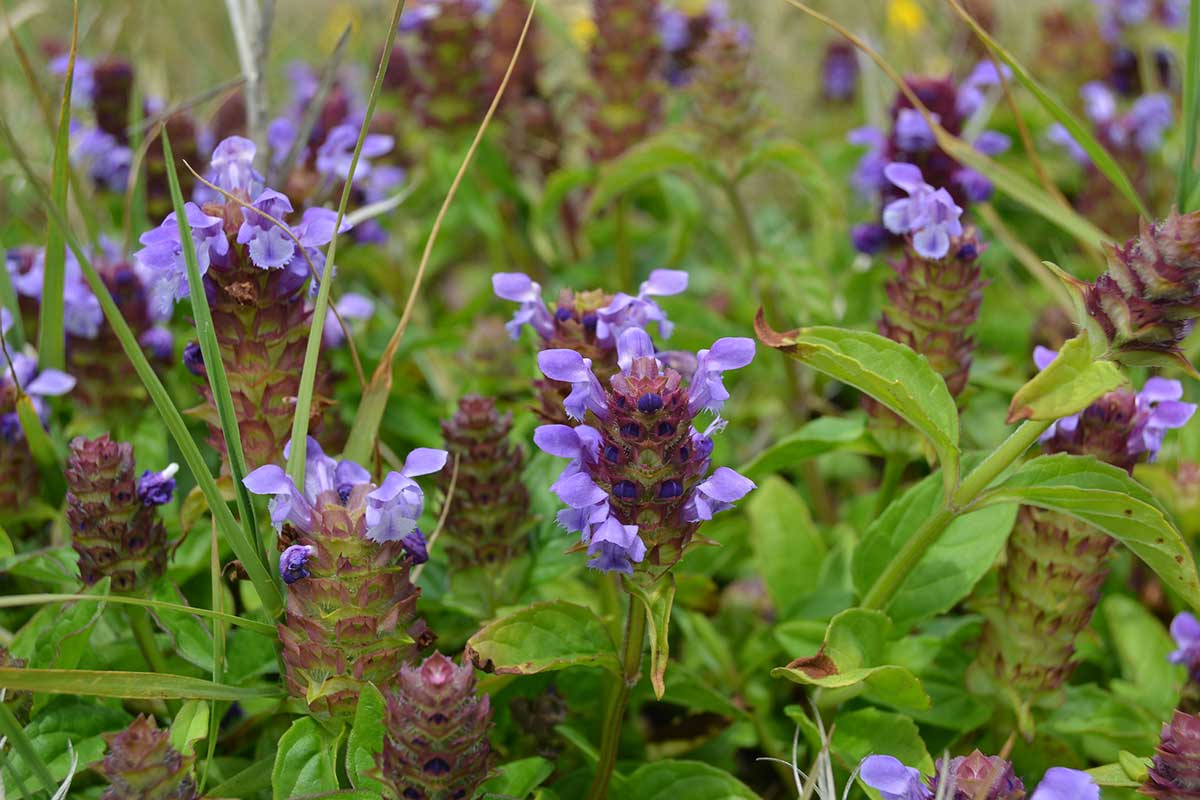
Adapt No Mow May to Your Needs
No Mow May began in Britain, launched by the conservation nonprofit Plantlife, and made its way to North America via Appleton, Wisconsin. Appleton is a Bee City USA affiliate, and the city’s Lawrence University is a Bee Campus USA affiliate. They teamed up to form Pollenablers – Fox Cities, and launched a No Mow campaign in 2020, as well as a research project to document any changes. Since then it has taken off and there are hundreds of communities trying it, far beyond the Bee City USA network.
There is no one-size-fits-all approach to No Mow May and it must be adapted to local conditions—weather, vegetation, and people. In Appleton, May seems to be a good month, but in Seattle in the milder Pacific Northwest, April could be appropriate.

This isn't an initiative with rigid rules or something that is suitable for all gardens. If your lawn is getting too long, cut it mid-month. (There are no no-mow monitors watching what you are doing.) If your lawn is only grass and regularly fertilized, you may grow nothing more than long grass that is hard to cut shorter after the month, and little or no benefit for bees. If you want to participate, you can work to increase diversity and flowers in your lawn and reduce mowing in future years. Also, not everyone will want to participate or even appreciate seeing a neighboring house with longer grass, so adjust to find an acceptable mid-way solution.
No Mow May provides an opportunity to start a community-wide conversation about lawns. By encouraging a wider understanding of the changes that can be made to support pollinators—reducing lawn area, less-intensive approaches to lawn management, avoiding pesticides, planting flowers, etc.—and providing people with the tools and information to make the necessary changes, in time, we can create incremental change that will allow more natural landscaping in our neighborhoods. And then bees will be happier.
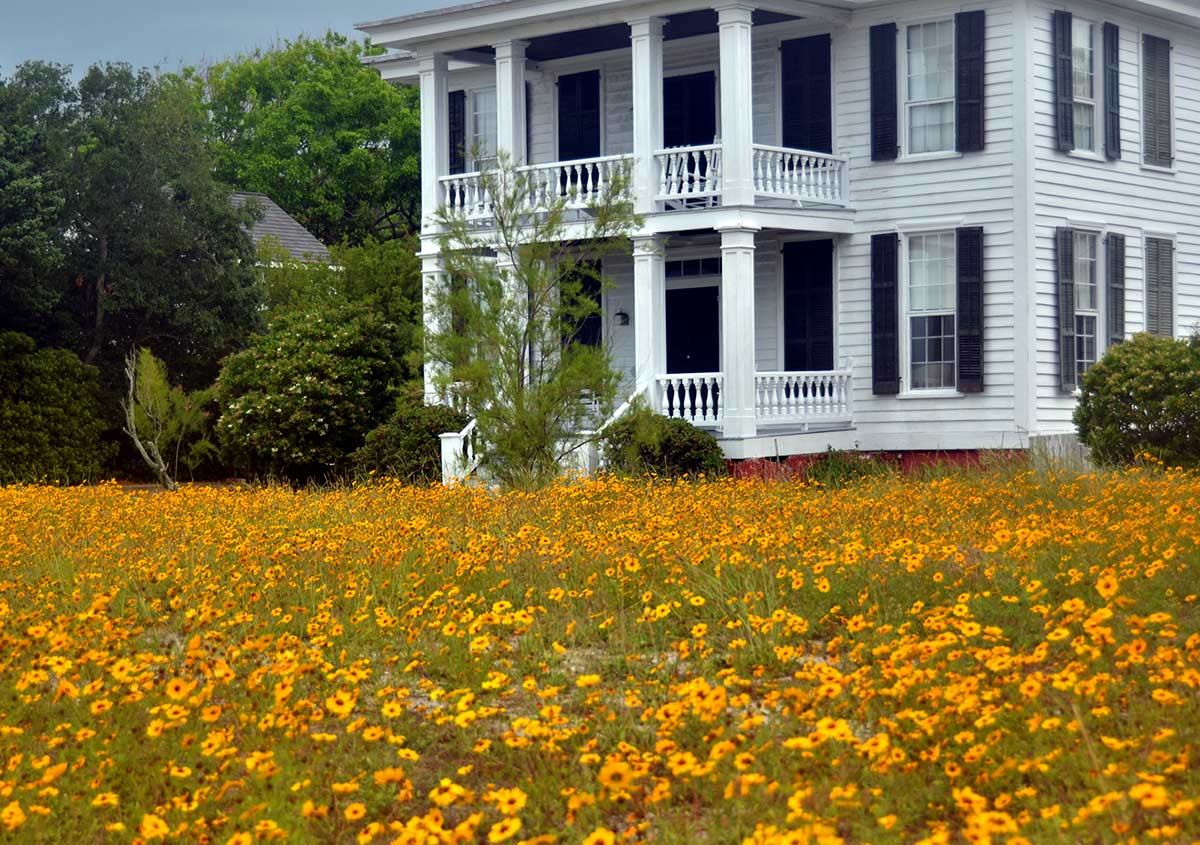
Resources
- Bee City USA: No Mow May, Low Mow Spring
- Webinar: No Mow May? No Mow April? Low Mow Spring?
- Learn more about how to bring back the pollinators
- Guidelines for planning, installation, and maintenance of native meadows

